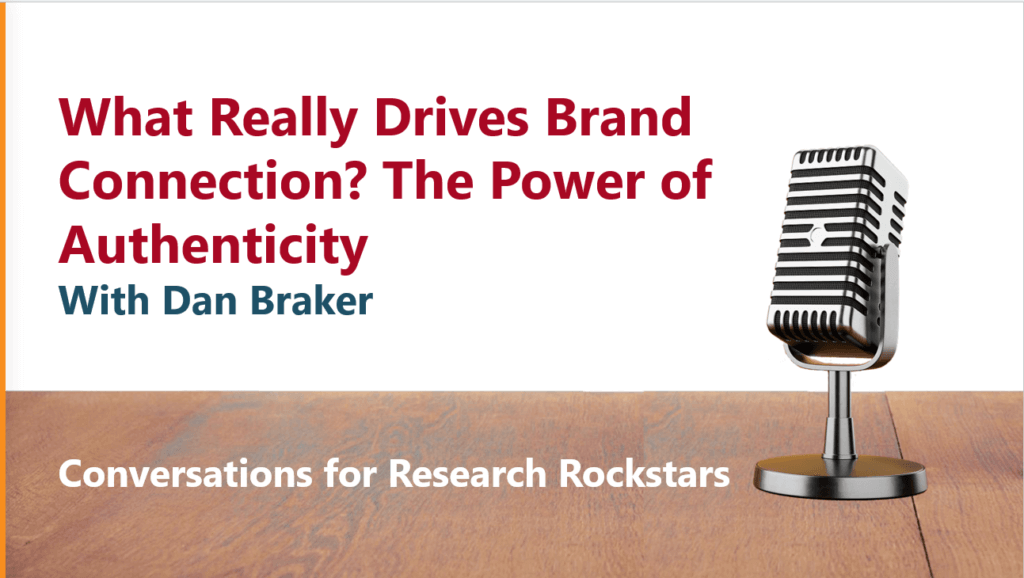 Have you talked to your competitors’ customers lately?
Have you talked to your competitors’ customers lately?
You really should.
A. It is feasible in many markets.
B. They are the best source of real competitive insights.
Feasibility
Talking to competitors’ customers is a great form of market research and it is surprisingly feasible in many markets. So, how do you find these customers?
The most practical option is to buy a list. If you compete with large consumer brands, you can ask a panel or list company to estimate an incidence rate for you (for larger consumer brands they may know).
Or you might estimate incidence for them given market share data you already have.
Are you in B2B? OK, that can be trickier. You can buy a list of people who are decision makers for your category (from a list broker or a panel company). And then, depending on your market, you might assume that 60% of them will buy from the top 3 competitors. If your market is not too fragmented, that can be a realistic strategy that doesn’t totally break the bank.
In some markets, you may have access to public, online user communities.
They can also be a great source for reaching competitors’ customers, but always follow the community guidelines: if research requests are not permitted, don’t do it.
Competitive Insights
We have heard it a million times: perception is reality. You may disagree based on factual evidence, but that isn’t going to get you very far. If Competitor A is widely perceived as having attractive packaging but you think it’s as ugly as a moldy bread, you lose. It “is” attractive.
Whether you reach them through a quantitative and qualitative approach, remember:
- Competitors’ customers keep you honest about your strengths and weaknesses.
- Competitors’ customers know your competitors’ strengths and weaknesses.
- Competitors’ customers know what’s important (and before you decide what competitive edge you will promote, you really do want a reality check on which ones will resonate—you might be surprised).
Practical Considerations
- If you want the research to be blind (you do not want to reveal your organization as the sponsor), then you should hire a research agency or at minimum a market research freelancer.
- If you really only have one competitor you want to assess, and finding those customers is hard: look at your own customer base. Are there folks who recently switched from that brand? As switchers they won’t be totally representative of your competitors’ customer base, but they may still have valuable insights.
buy tadalista online https://www.mydentalplace.com/wp-content/themes/twentytwelve/inc/en/tadalista.html no prescription
- Don’t forget to poll any employees that may have previously worked for your competitors. You don’t want to ask them to break any confidentiality agreements, but they may be able to point you in the right direction.
Bottom-line
Competitors’ customers will keep you honest as you update your competitive positioning. Even if you don’t have a traditional Competitive Intelligence program in place (which typically includes ongoing monitoring of competitors’ strategies and tactics), in my experience, talking to customers is a fast, efficient way of discovering real competitive opportunities.
[Have any questions or comments? Great! Please leave them here as a Comment or call our blog requests line 508.691.6004. Thanks!]












